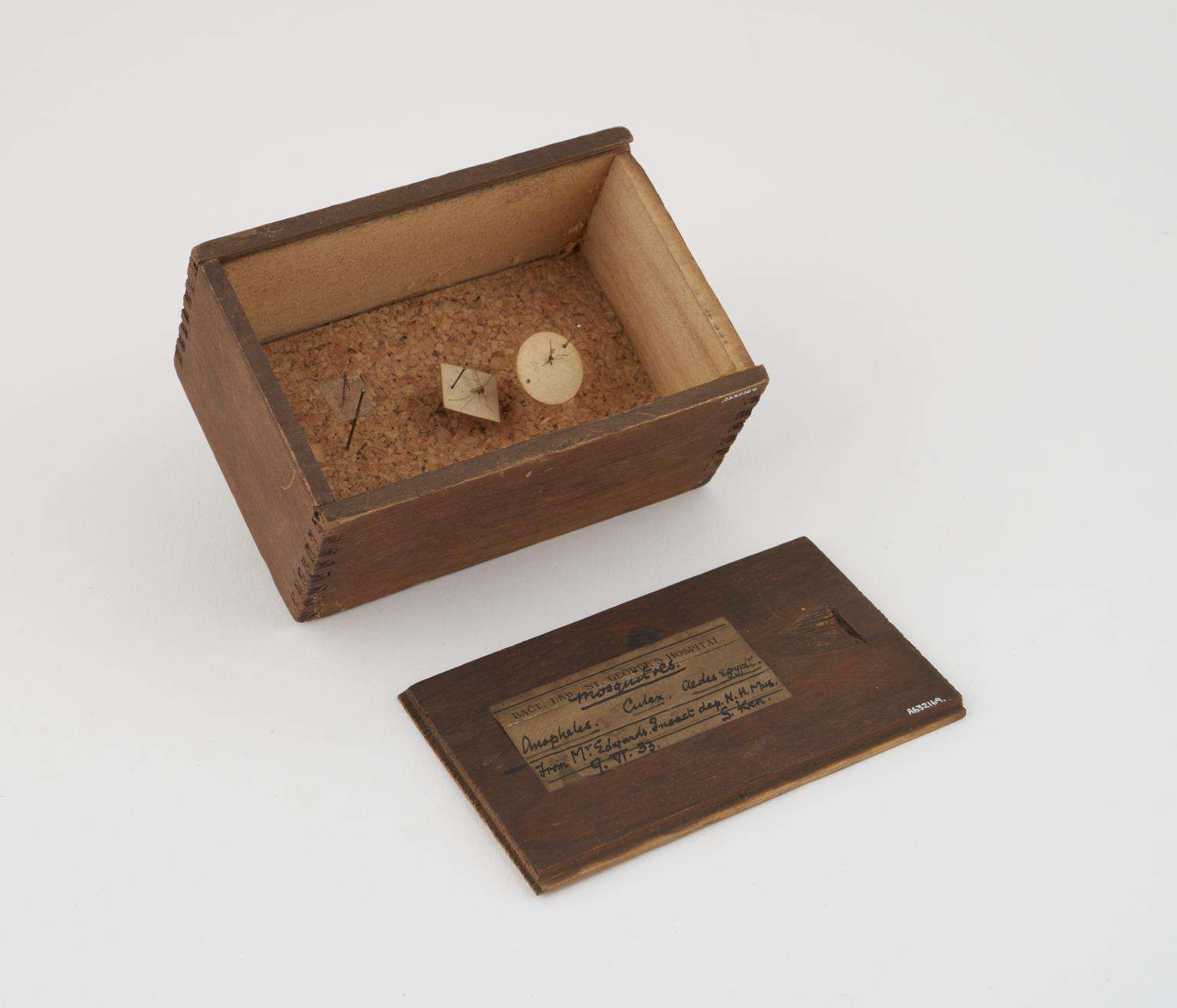‘Every scientist dreams of doing something that can help the world’ said Tu YouYou when accepting her Nobel Prize in Physiology or Medicine in 2015 – and she has certainly achieved this dream.
Tu YouYou discovered the very effective drug called artemisinin (or Qinghaosu in Chinese) which is now used as the first defence in the fight against malaria worldwide. The road to her well-deserved recognition in the scientific community was not a conventional one and as we celebrate the incredible contributions of Tu YouYou’s research, it is also important to understand the immense challenges faced by China’s first female Nobel Prize winner.

Born in 1930 in Ningbo – a city in the south-eastern province of Zhejiang – Tu YouYou was born to a family that strongly encouraged her to pursue an education at a time when girls going to school in China was only just starting to become more commonplace.
In her teens Tu YouYou contracted a severe bout of tuberculosis and after recovering realised she had found her calling and was determined to go into medicine.
She graduated from the Beijing Medical College in 1955 with a degree in pharmacology, after which she took up a post at the China Academy of Traditional Chinese Medicine. She carried on with her work – which at this time was primarily related to schistosomiasis or “snail fever” – until the political upheaval known as the Cultural Revolution changed the face of life in China for decades.

As a researcher and an intellectual Tu YouYou would have been classified as a member of the “Five Black Categories” under Mao Zedong’s regime, regarded as a potential threat to the state and would have found herself in a challenging position within the new People’s Republic of China.
During this period, scientific research was largely under-funded, and many Chinese nationals from these less favoured categories were removed from their families and were placed in “reformative” work and training programmes. In 1969, however, Tu was appointed the head of a secret government research group known as Project 523 whose task was to find antimalarial medications.

Malaria is a severe disease which begins as a flu-like illness which may progress to anaemia, jaundice, kidney failure, seizures, coma, and death. It is most commonly spread via the bites of the female Anopheles mosquito which hosts a malaria causing plasmodium parasite.

The human cost of malaria cannot be understated. It is estimated that between the years 1900 – 2000 150-300 million lives were lost to the parasitic disease – in other words around 2-5% of all deaths during the 20th century and it continues to ravage communities across the world today.
Malaria is not simply a modern plague, however, and has devastated societies for thousands of years. It develops in any region where infected mosquitoes can thrive – most commonly in warm, wet areas near stagnant water. Due to its relative humidity, southeast Asia has been particularly hit hard by the disease– a contributing factor to the continuation of Tu YouYou’s research in the 1960s
The decision of Mao and his government to support this research was a military one. In 1967, during the Vietnam War Ho Chi Minh’s army in North Vietnam requested support from their communist allies – including China – to find a solution for the spread of malaria that was claiming the lives of their soldiers.
Tu YouYou’s team consulted the fourth century Chinese physician Ge Hong’s text Zhouhou Beiji Fang (translated to The Handbook of Prescriptions for Emergencies) which describes how an extract of Qinghao plant (Artemisia annua or Sweet Wormwood in English) could be used to cure recurring fevers indicative of malarial infection.
In a strange twist of fate, the name “YouYou”, comes from an ancient poem describing the sound deer make when eating the plant Qinghao.

Early experiments were not successful as the ingredient would disintegrate in high temperatures, but Tu YouYou came up with a solution. She suggested boiling the plant in aether – a liquid with a lower boiling point than water – thus preserving the artemisinin.
After overwhelmingly positive results from animal tests, Tu YouYou made the courageous decision to be the first human subject in the trial of the newly discovered medicine. Later trials proved to be extremely successful with all 21 patients in the initial testing group making a full recovery and soon after drugs with artemisinin as the active ingredient were distributed across China and parts of South East Asia.
However, due to political secrecy, artemisinin, the related dihydroartemisinin, and the other work of Project 523 was not extensively shared.
Even with its publication in the 1970s, it took two decades before Tu YouYou gained global recognition for her contributions to medicine. This was in large part due to a state mandated ban on her publishing her results in English, particularly key given that English had by this time become the universal standard language for scientific journals.
In China, Tu is referred to as the “three no’s” winner as, unusually for a Chinese Nobel Laureate, she firstly didn’t have a medical degree; secondly, she didn’t have a doctorate; thirdly she had never worked outside of China.
Her determination to help people as well as her respect and intimate knowledge of her Traditional Chinese Medicine, meant she kept working during the political upheavals in China and led her to discover one of the most important breakthroughs for medicine in the last century.
After decades of relative anonymity, only in recent years has Tu YouYou received more international recognition. Despite this, she maintains that it is not the prizes and formal accolades that are the most rewarding part of her journey. Instead, she says, ‘I feel more reward when I see so many patients cured.’
Happy birthday Tu YouYou and thank you for your contributions to science and the millions of lives you have helped to save!
